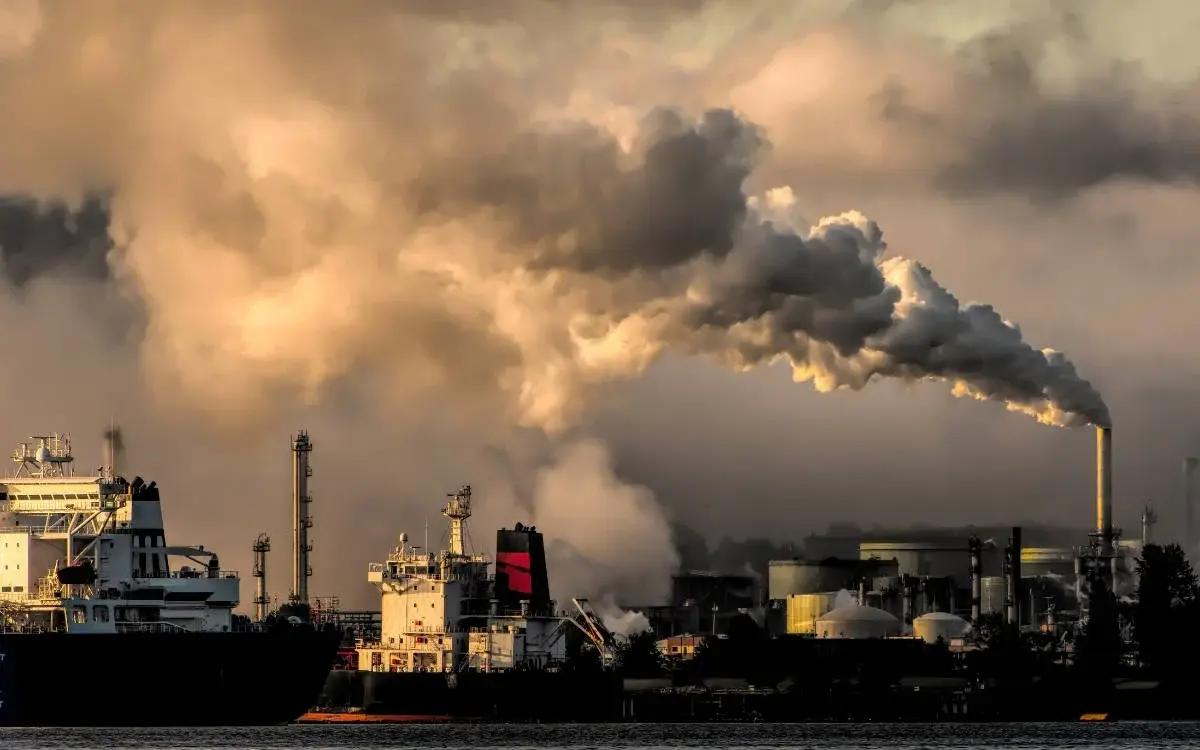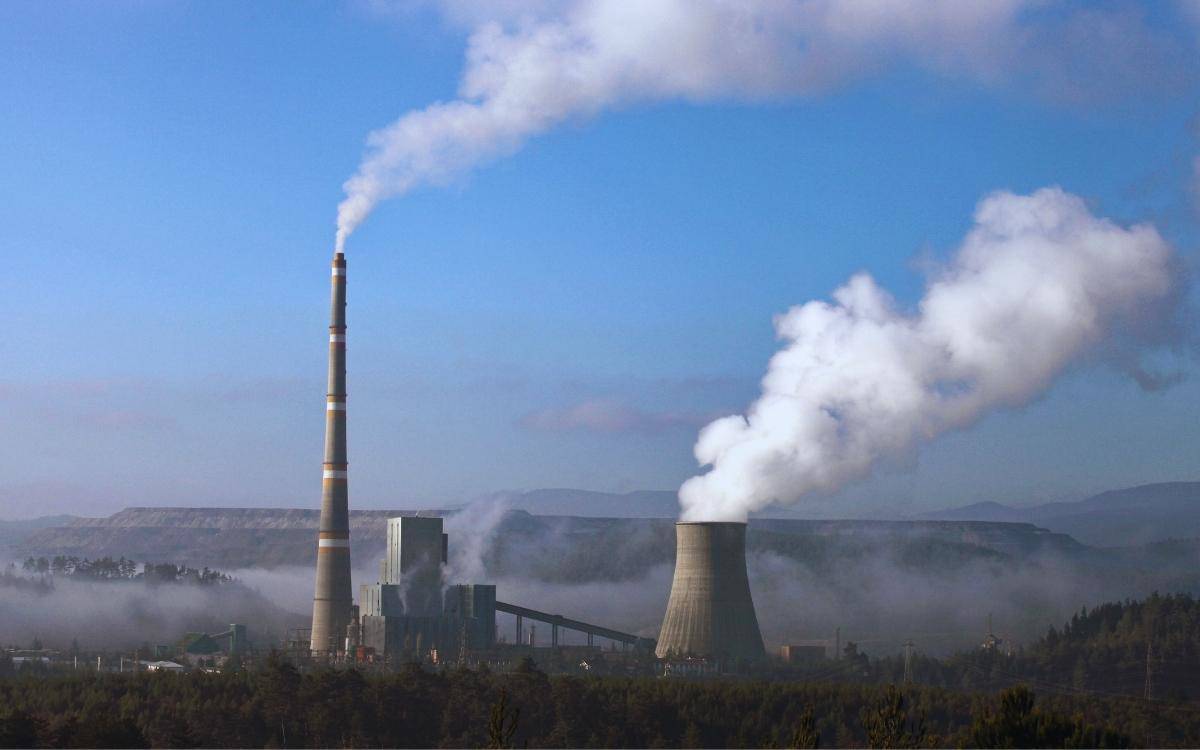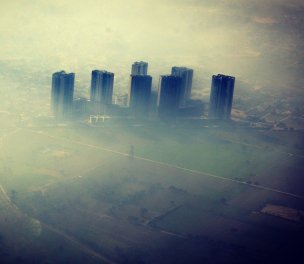Our latest study, analyzing the air quality of İstanbul based on data from 37 air quality monitoring stations across different areas of the city, marks a significant milestone as the first of its kind to rely on seven years of long-term data analysis and evaluate all measurement areas in İstanbul.
The study revealed that the annual average concentration of fine particulate matter (PM2.5), particles smaller than even a strand of hair that can penetrate the deepest parts of the respiratory system, exceeded the World Health Organization's (WHO) recommended annual average limit (5 µg/m3) by two to five times at all measurement points in İstanbul.
However, despite being identified as a primary cause of health issues such as early infant mortality, cardiovascular and respiratory diseases, and lung cancer, there is still no national limit value defined for PM2.5 parameter aimed at protecting public health.
Locations with worst air quality
In addition, our study found that the annual average concentration values of PM10, representing the total of all particles smaller than 10 micrometers, exceeded the annual average limit defined in Turkish national regulations (40 µg/m3) at most measurement stations. The highest concentrations of PM10 were recorded at air quality monitoring stations near quarries in Sultangazi.
Other stations with high PM10 values included those in Esenyurt, Başakşehir, and Tuzla, where industrial and residential areas are dense and closely located, as well as stations near traffic-heavy areas like Göztepe, Mecidiyeköy, Kağıthane, and Aksaray.
Consistent with the global trend observed in air quality of cities worldwide, İstanbul also shows a decrease in average concentration values of non-ozone air pollutants from year to year. However, our study highlights that PM2.5, PM10, and nitrogen dioxide (NO2) levels in İstanbul are well above the limit values at many measurement points, similar to many other cities around the world.
Areas with heavy traffic, industrial zones, especially those close to residential areas and the İstanbul Strait, due to ship emissions, were identified as significant sources of air pollution. Without implementing national and local practices to limit emissions from these sources, reducing these pollutants to below limit values seems unlikely.
Particulate matter
Particulate matter, the most harmful air pollutant to human health, is not composed of a single substance. Their physical and chemical properties and thus their toxic effects vary greatly. They can be directly released into the air from sources or can form as a result of reactions in the atmosphere, hence they can exist as primary and secondary particulate matter in the atmosphere.
The main difference between two pollutants named PM2.5 and PM10 is the particle size and content. PM2.5 represents particles smaller than 2.5 micrometers, while PM10 represents particles smaller than 10 micrometers. As the particle size decreases, the mass concentrations defined by limit values decrease, but the number of particles to be inhaled, and hence the surface area, increases. An adult who breathes an average of 15 m3 of air per day is exposed to 7.5x1010 particle particles, 80-90% of which are nano-sized particles. Therefore, the World Health Organization (WHO) and the European Union have announced the necessity of defining limit values and monitoring for Ultrafine Particles (UFP, <100 nm total) and Black Carbon (BC), which are the finest sizes and content of particulate matter in 2030 and beyond.
This article, prepared by Prof. Dr. Ülkü Alver Şahin, a faculty member of the İstanbul University-Cerrahpaşa Environmental Engineering Department, has been published in collaboration with the İklim Masası (Climate Desk) and bianet. It has been shortened for publication.
The İklim Masası is a news service that aims to disseminate reliable information about the climate crisis in the public domain. Its authors consist of scientists with expertise in the subjects they cover.
(TY/VK)











